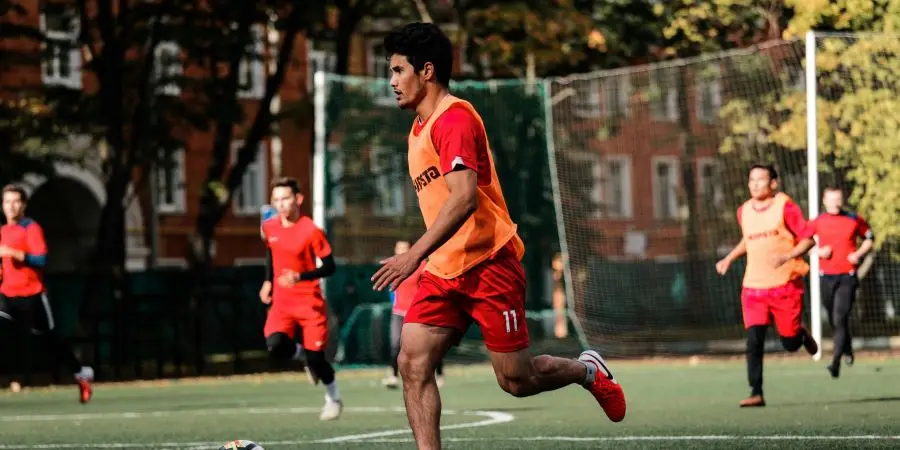Running vests have become an essential piece of gear for athletes and fitness enthusiasts alike. These versatile garments offer a blend of functionality, comfort, and style, making them a popular choice for runners of all levels. As the demand for running vests continues to rise, the market is witnessing significant innovations and trends that cater to the evolving needs of consumers.
Table of Contents:
Market Overview
Advanced Materials and Textures
Design and Functionality
Comfort and Fit
Safety and Visibility
Conclusion
Market Overview
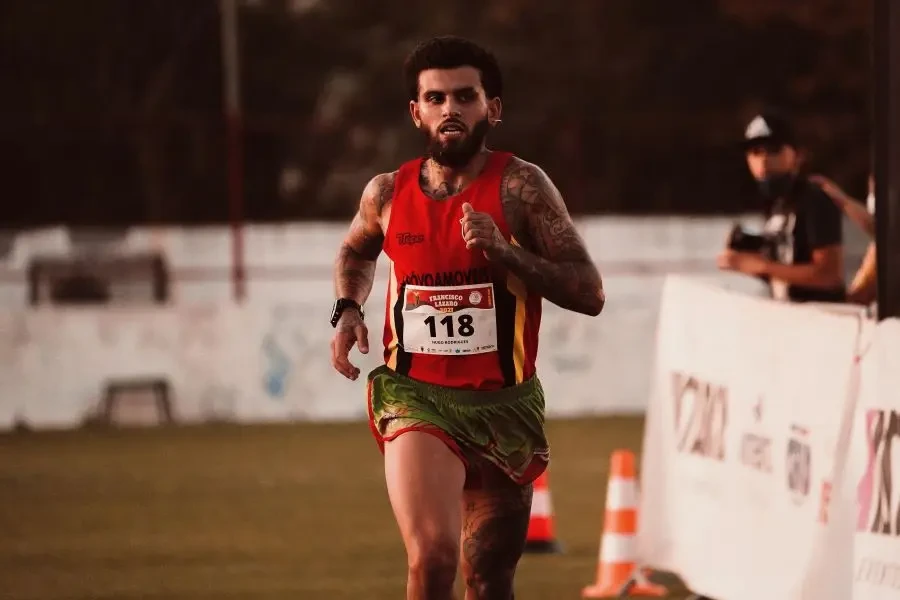
Growing Popularity of Running Vests
The popularity of running vests has surged in recent years, driven by the increasing number of people taking up running as a form of exercise and the growing awareness of the benefits of wearing specialized athletic gear. According to a report by Research and Markets, the global market for athletic apparel, including running vests, is expected to grow significantly, with a compound annual growth rate (CAGR) of 6.84% from 2023 to 2030. This growth is attributed to the rising health consciousness among consumers and the increasing participation in outdoor activities.
Running vests are designed to provide runners with enhanced comfort, breathability, and functionality. They often feature moisture-wicking fabrics, lightweight materials, and ergonomic designs that allow for a full range of motion. These features make running vests an attractive option for both casual joggers and professional athletes.
Key Market Players and Innovations
Several key players dominate the running vest market, each bringing unique innovations to the table. Companies such as Nike, Adidas, Under Armour, and Asics are at the forefront of this market, continuously developing new technologies and designs to meet the demands of their customers.
Nike, for instance, has introduced running vests with advanced moisture-wicking technology and reflective elements for enhanced visibility during low-light conditions. Adidas, on the other hand, focuses on sustainability by incorporating recycled materials into their running vests, aligning with the growing consumer preference for eco-friendly products.
Under Armour has also made significant strides in the market by integrating smart technology into their running vests. Their products feature built-in sensors that track performance metrics such as heart rate, distance, and calories burned, providing runners with valuable insights to improve their training.
Regional Trends and Preferences
The demand for running vests varies across different regions, influenced by factors such as climate, cultural preferences, and the popularity of running as a sport. According to Research and Markets, the Asia-Pacific region is expected to witness the fastest growth in the running vest market, driven by the increasing adoption of fitness activities and the rising disposable incomes of consumers in countries like China, India, and Japan.
In North America, the market is characterized by a high level of innovation and competition among key players. The United States, in particular, has a strong running culture, with numerous marathons and running events held throughout the year. This has led to a steady demand for high-performance running vests that cater to the needs of serious athletes.
Europe, with its rich history of sports and outdoor activities, also presents a significant market for running vests. Countries like the United Kingdom, Germany, and France have a large base of fitness enthusiasts who prioritize quality and functionality in their athletic gear. The growing trend of athleisure in this region further boosts the demand for stylish and versatile running vests that can be worn both during workouts and as casual wear.
Advanced Materials and Textures
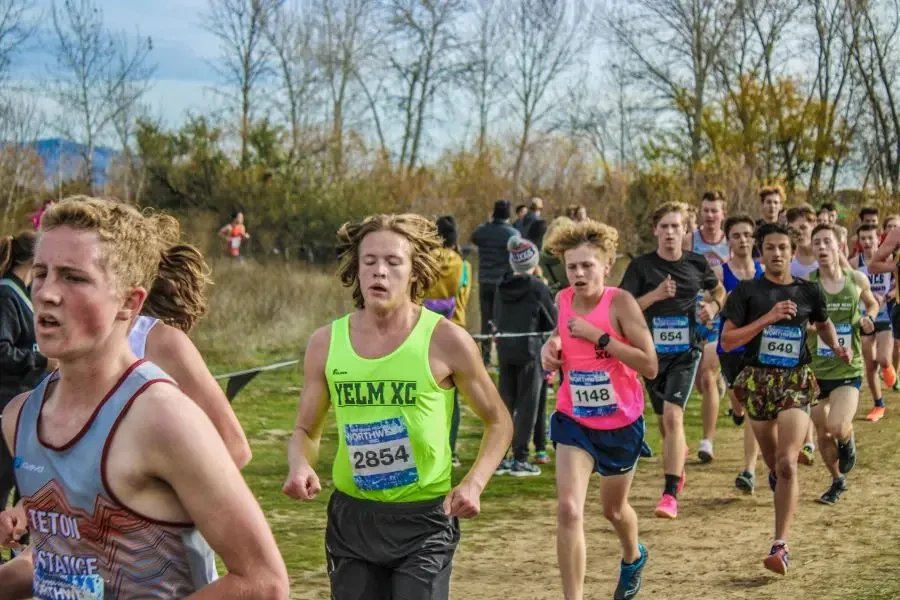
Breathable and Lightweight Fabrics
Running vests have evolved significantly over the years, with advancements in materials playing a crucial role in enhancing performance and comfort. Breathable and lightweight fabrics are at the forefront of these innovations. According to the “Best Running Hydration Vests and Packs of 2024” report, the vast majority of running vests are constructed using air-permeable materials such as mesh or other thin, well-ventilated fabrics. These materials are strategically placed along the back panel, shoulder straps, and underarm panels to maximize airflow and reduce heat buildup.
For instance, the Nathan Pinnacle 12L is highlighted for its use of padded mesh with channels for airflow, which significantly improves breathability compared to thinner fabrics. This design ensures that runners remain cool and comfortable, even during high-intensity activities or in warm weather conditions. The emphasis on lightweight fabrics also means that the vests do not add unnecessary weight, allowing runners to maintain their speed and agility.
Moisture-Wicking and Quick-Dry Technologies
In addition to breathability, moisture-wicking and quick-dry technologies are essential features in modern running vests. These technologies are designed to manage sweat effectively, keeping the runner dry and comfortable throughout their run. Moisture-wicking fabrics draw sweat away from the skin to the outer surface of the fabric, where it can evaporate quickly. This process helps to regulate body temperature and prevent chafing, which can be a common issue during long runs.
The report mentions that no running vest can completely eliminate moisture, but some models are better at managing it than others. For example, the Nathan Pinnacle 12L excels in this area, making it a popular choice among runners who prioritize comfort and performance. Quick-dry technologies further enhance the vest’s ability to handle moisture by ensuring that any sweat that does accumulate dries rapidly, reducing the risk of discomfort and skin irritation.
Design and Functionality
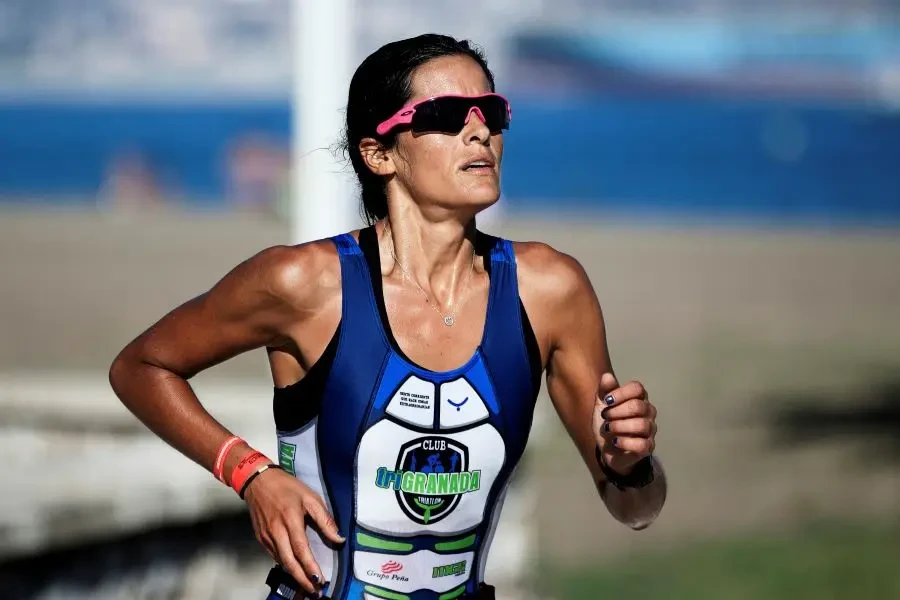
Ergonomic and Streamlined Designs
The design of running vests has become increasingly sophisticated, with a focus on ergonomics and streamlined shapes to enhance performance. Ergonomic designs ensure that the vest fits closely to the body, reducing bounce and movement during runs. This close fit is particularly important for maintaining balance and stability, especially on uneven terrain.
The report highlights that true running vests, such as the Arc’teryx Norvan 7, sit flush against the torso and extend under the arms, providing a snug fit that is ideal for running. These vests often feature underarm storage and side dump pockets, which are easily accessible on the go. The streamlined design minimizes bulk and weight, allowing runners to move freely and efficiently.
Storage Solutions and Pockets
Storage solutions are a critical aspect of running vests, as they allow runners to carry essential items such as water, nutrition, and personal belongings. Modern running vests are equipped with a variety of pockets and compartments to accommodate these needs. The report notes that performance vests, like the Salomon ADV Skin 5 Set, offer a plethora of easy-access pockets at the front and sides, making it convenient for runners to grab what they need without breaking their stride.
These vests often include features such as hydration-reservoir compatibility, trekking-pole attachments, and compression straps or bungees to secure the load. The ability to carry and access gear efficiently is crucial for long-distance runners and those participating in ultramarathons, where quick and easy access to supplies can make a significant difference in performance.
Comfort and Fit
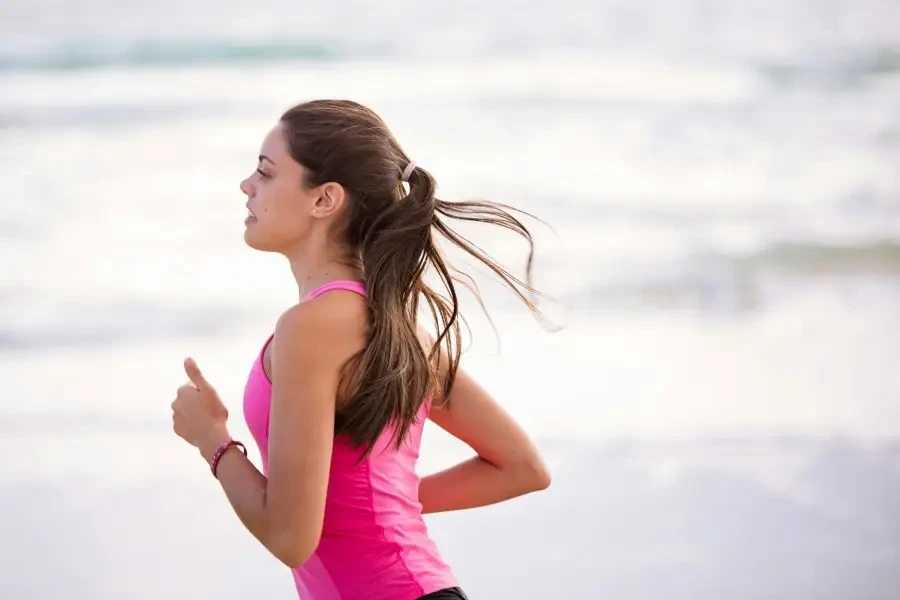
Adjustable Straps and Customization
Comfort and fit are paramount when it comes to running vests, as an ill-fitting vest can lead to discomfort and even injury. Adjustable straps and customization options allow runners to tailor the fit of their vest to their specific body shape and size. The report emphasizes the importance of dialing in the adjustments every time the vest is worn to ensure a secure and comfortable fit.
Most running vests feature two primary adjustment points: across the front of the body and at each side. This allows runners to achieve a snug fit that minimizes movement and bounce. For example, the Nathan VaporAir 3.0 offers a range of sizes, including options for larger body types, ensuring that all runners can find a vest that fits them well.
Size Variations for Different Body Types
Running vests are available in a range of sizes to accommodate different body types. According to the report, most vests come in at least two sizes, with some models offering up to five sizes for both men and women. This variety ensures that runners can find a vest that fits them properly, which is crucial for comfort and performance.
The report also highlights the importance of trying on vests before purchasing, as the fit can vary significantly between models. Some vests, like the UltrAspire Momentum 2.0 Race, are designed to contour around the shoulder blades for greater freedom of movement, while others provide more full-coverage support. Finding the right size and shape is essential for maximizing comfort and minimizing the risk of chafing and discomfort.
Safety and Visibility
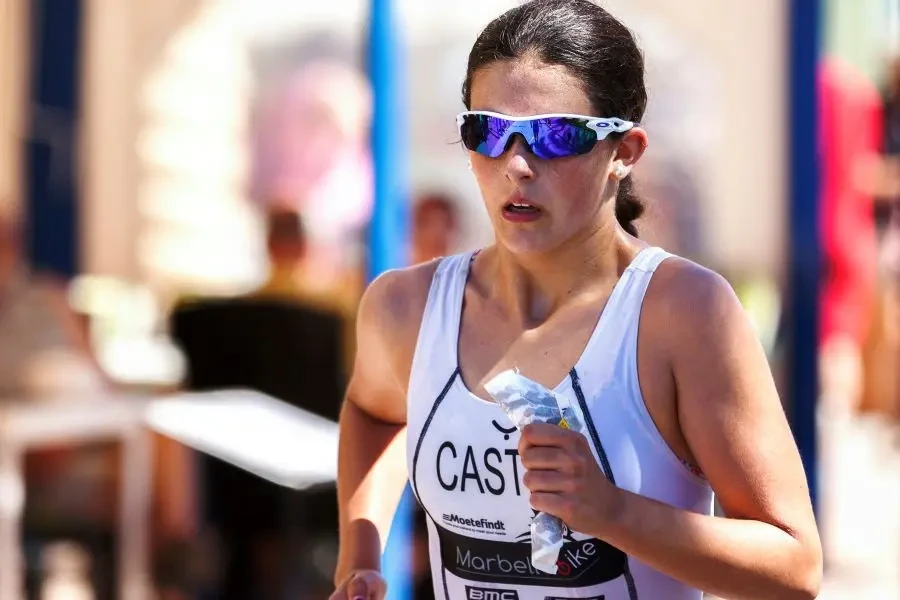
Reflective Elements and High-Visibility Colors
Safety is a key consideration for runners, especially those who run in low-light conditions or on busy roads. Reflective elements and high-visibility colors are essential features in running vests to enhance visibility and ensure that runners can be seen by motorists and other road users. The report notes that many modern running vests incorporate reflective strips and bright colors to improve safety.
For example, the Salomon Active Skin 4 Set includes reflective details that increase visibility in low-light conditions, making it a safer choice for early morning or evening runs. High-visibility colors, such as neon yellow or orange, also help runners stand out, reducing the risk of accidents.
Integrated Safety Features
In addition to reflective elements, some running vests come with integrated safety features to further enhance runner safety. These features can include built-in whistles, emergency contact information, and even GPS tracking capabilities. The report mentions that some high-end models, like the Ultimate Direction Ultra Vest, offer these additional safety features, providing peace of mind for runners venturing into remote or challenging environments.
These integrated safety features are particularly valuable for trail runners and those participating in ultramarathons, where the risk of getting lost or encountering an emergency situation is higher. By incorporating these features into the design, manufacturers are helping to ensure that runners can stay safe and connected, no matter where their adventures take them.
Conclusion
The evolution of running vests has brought about significant advancements in materials, design, and functionality, making them an essential piece of gear for runners of all levels. From breathable and lightweight fabrics to ergonomic designs and integrated safety features, modern running vests are designed to enhance performance, comfort, and safety. As technology continues to advance, we can expect to see even more innovative features and improvements in running vests, further elevating the running experience for athletes around the world.
